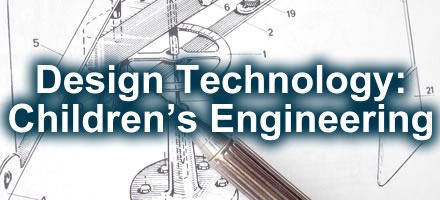
Lesson 2: Heat and Temperature

Ice Cream Containers: Heat and Heat Transfer
Heat and temperature effect many engineering designs, decisions and applications. How something behaves when heated or cooled is a critical consideration in all types of engineering.
In this lesson, students accumulate knowledge and understandings about heat and its relationship to temperature. They will explore how heat travels or spreads, what kinds of things can prevent that spread and how to use that knowledge to make a product and how to protect a product from melting. Describe the performance task to students prior to the beginning of this lesson so that students know what they will be working towards. At each point, after each session, reiterate the final task and ask if what they learned during the activity will help them better design a melt-proof ice cream container.
Desired Results
A. Established Goals
NSES Physical Science Content Standard B: As a result of the activities in the grades K-4, all students should develop an understanding of
- Properties of objects and materials
- Position and motion of objects
- Light, heat, electricity and magnetism
B. Understandings
- Students will understand that
- heat is a form of energy.
- heat is the random motion of molecules; temperature is the measure of the AVERAGE amount of movement in the molecules.
- heat energy moves from a place of higher temperature to a place of lower temperature until equilibrium is established.
- materials have differing abilities of to conduct or insulate heat energy.
- Students will know
- the three primary ways heat is transferred: convention, conduction, and radiation
- insulators prevent heat energy transfer
- equilibrium is a state of balance between two things
- Students will be able to
- safely use simple lab equipment
- describe a method of preventing heat transfer between objects
- set up a simple data table to record their results
C. Essential Questions
How can heat be prevented from traveling into a container of ice cream and melting it during transit?
Assessment Evidence
A. Performance Task
Students will use their knowledge to design and build melt-proof container for ice cream. They will track the temperature changes in the container over a four-hour period to simulate the ice cream in transit from manufacturer to store. Students will draw a diagram that shows how and why the container works. Students will be assessed on the clarity of their explanations, the correct use of words from the word bank and the effectiveness of the final product.
B. Other Evidence
Data Sheets from activities
Observations
Time required for the activities in this lesson
- POP! –45-60 minutes
- Convection Currents-2 45-60 minutes sessions
- Heat Racers-2 45-60 minutes sessions
- Expand and Contract-1 45-60 minutes sessions
- Ice Cream Containers-2 45-60 minutes sessions
- POP!
- Currents Around Us
- Expand and Contract
- Heat Racers
- Ice Cream Containers
All activity plan information is available in the "All Lessons Plans" link in the Supplemental Files section of this page

